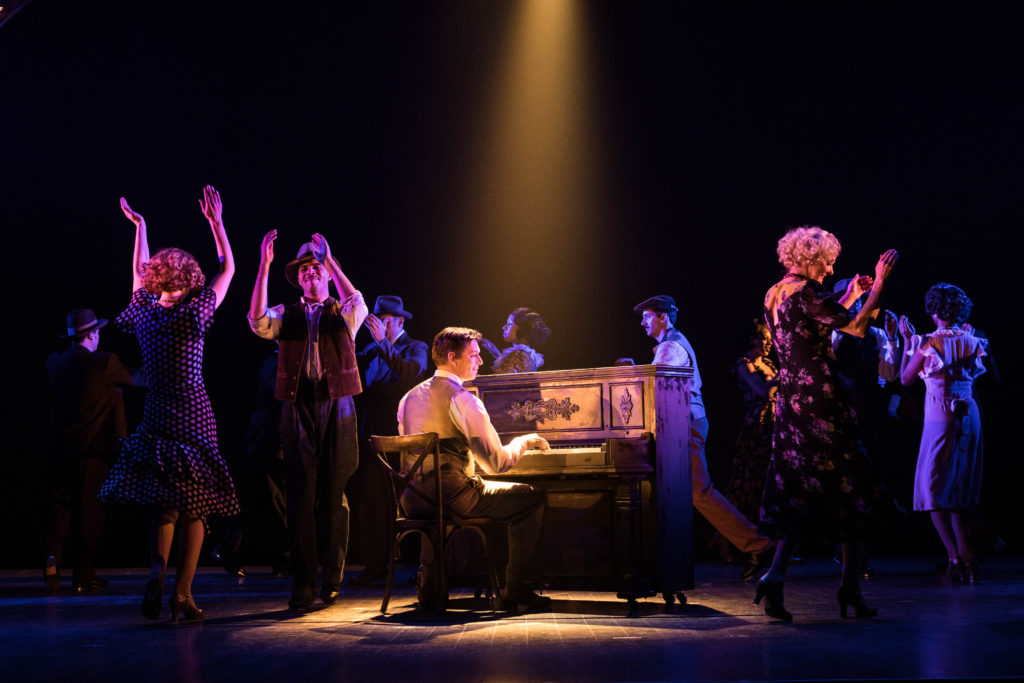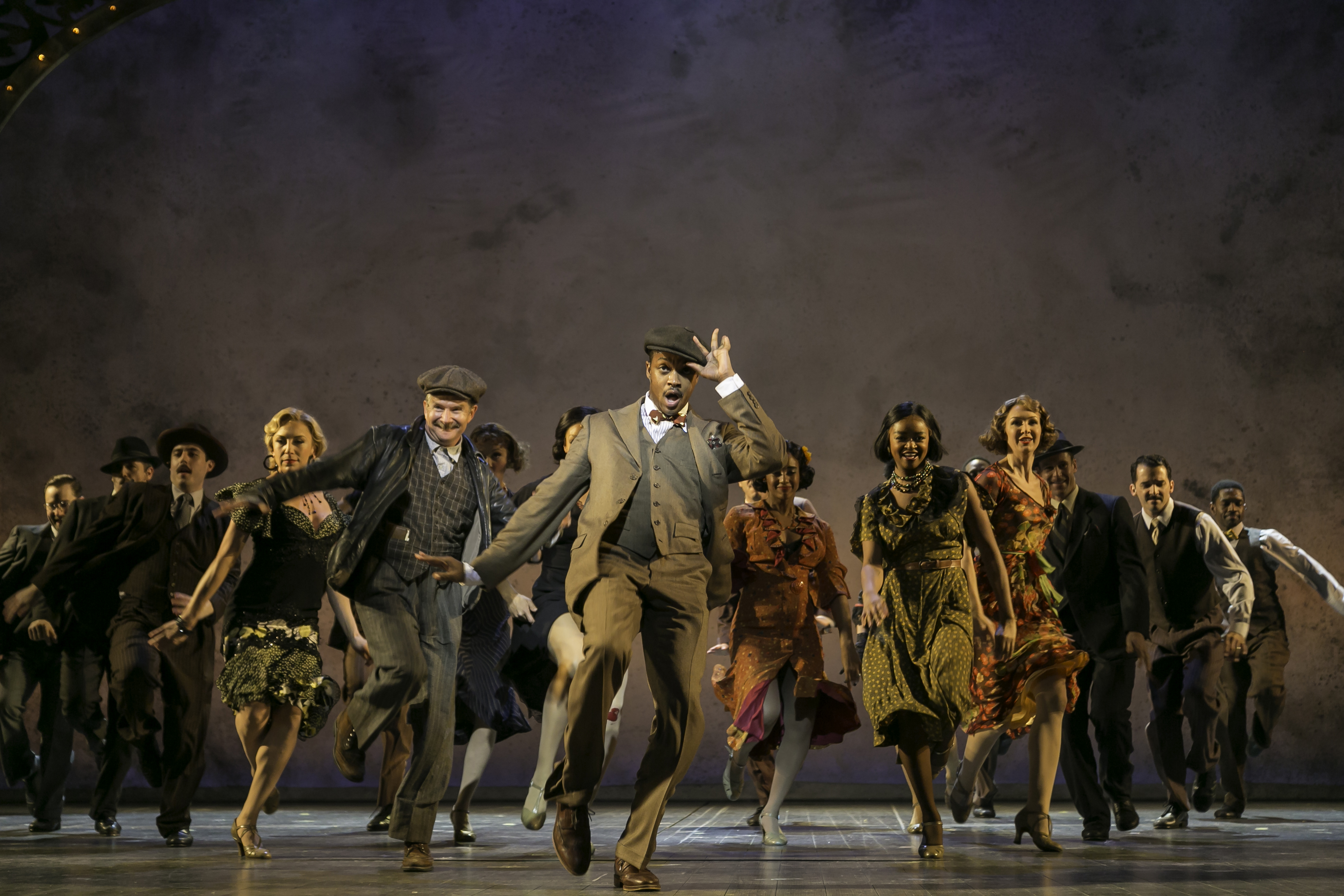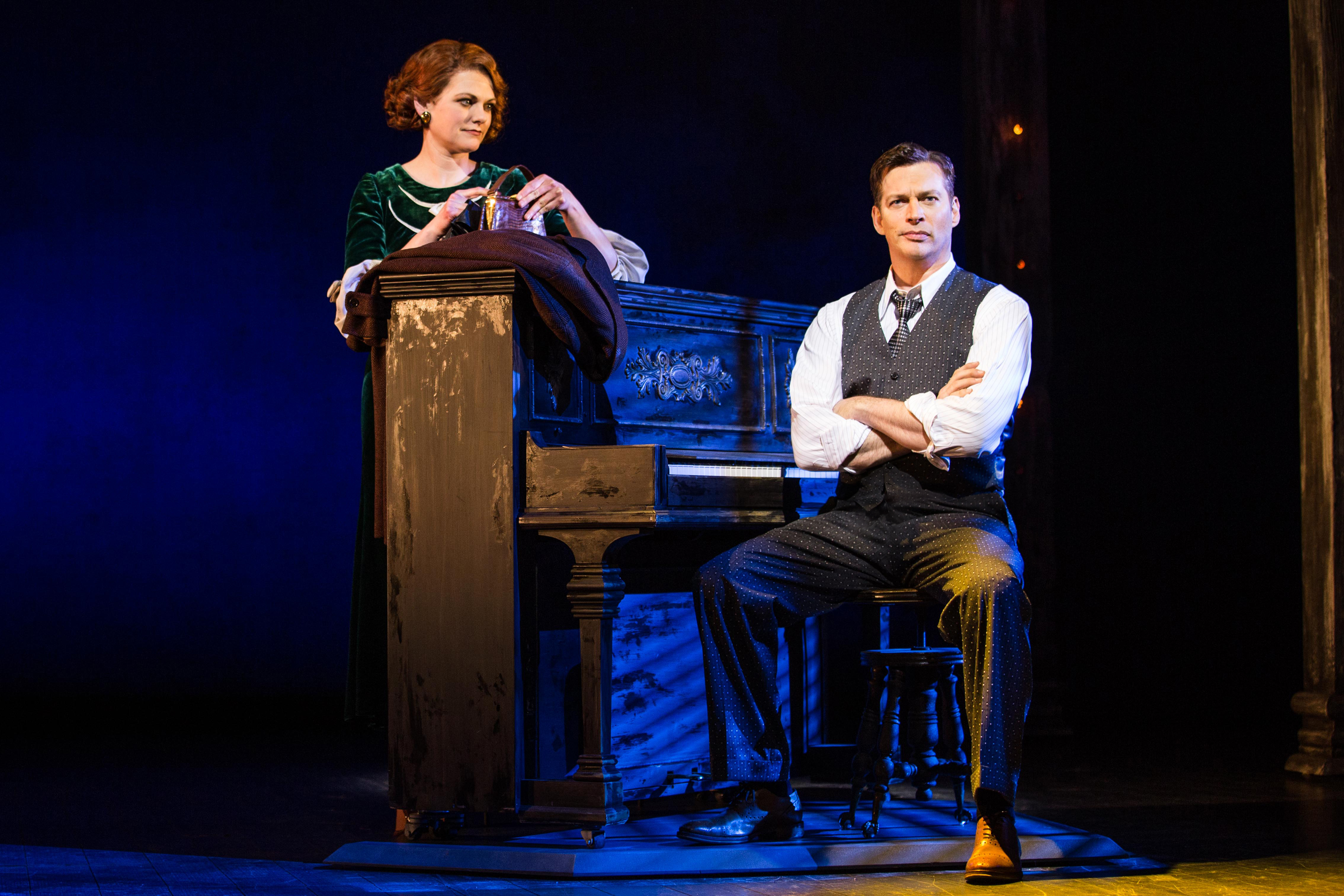Bob Martin has brought theater nerds (The Drowsy Chaperone) Christmas elves (Elf: The Musical), and athletic senior citizens (Half Time) to life on stage. Currently, he’s breathing new life into gangsters in a musical stage adaptation of The Sting. The 1973 film about a pair of con-men in 1930s Chicago starred Robert Redford and Paul Newman and earned 7 Academy Awards.

Harry Connick, Jr. leads the cast of this world premiere at Paper Mill Playhouse. The Sting began previews on March 29th and runs through April 29th. Opening night is Sunday, April 8th.
Martin effortlessly switches gears between wholly original material and adaptations. In addition to The Sting he’s also working on Half Time– another musical coming to Paper Mill Playhouse. Based on the documentary Gotta Dance, it premiered in Chicago in 2015 and will touch down in Millburn at the end of May.
If that weren’t enough, the Canadian born scribe will pair with collaborator Chad Beguelin for the fall Broadway premiere of an original musical comedy, The Prom.
For now, though, he’s bettin’ aces that critics and audiences will embrace his latest work. Recently, Manhattan Digest spoke with Martin at the New 42nd Street Studio during a rehearsal break for The Sting.

MD: How did you become involved in this project?
BM: Araca group approached me. They wanted to adapt it as a piece of musical theater. I loved the film. I’m of the generation of it and it was quite an important film. First, I needed to find out if it was a piece of theater. So many movie studios are now going through their catalogs to see what can be turned into a musical. Sometimes it works and sometimes it doesn’t. For me, it’s a question of whether it can exist on the stage. I felt, since, The Sting is about a con man who essentially puts on a play to fool an audience of one, that it could be really fun to play with.
We started talking to composers. Greg Kotis and Mark Hollmann, who have a fantastic, inventive and anarchic sense of humor were interested. Then late in the process, Harry Connick, Jr. came on board and that changed everything.
MD: How much liberty do you have in terms of lines and story?
BM: The studio pretty much hands it over. Obviously, they don’t want it ripped apart, but the object of the game is to create something that exists in parallel to the film so that people who like the film will really like the musical.
The movie’s original screenwriter, David Ward, has been working with us. He’s been encouraging us to change it by expanding some characters and eliminating others. There is one big change in our version: The character of Hooker is played by an African-American. At that point in the history, the idea of an African American taking down a powerful, white gangster was a big deal.
It was actually Ward’s idea to originally cast the role as African-American, but Robert Redford wanted to it. It’s hard to turn down a Paul Newman and Robert Redford pairing on your first Hollywood project.

MD: Did Ward create a completely original story then or was there existing source material?
BM: Yes. It was an original story, but he drew a lot from a book called The Big Con by David Maurer. It profiled big con-men of that era and the actual cons that they played. The book went into great detail about how they were executed. So he used that as source material and so did we.
MD: Do you find it easier to adapt existing material or to create new material?
BM: I’m not sure if it’s a question of either being easier. I find that story is the most difficult thing to write. All day long I can write scenes, great characters, dialogue, and comedy. Writing actual story is time-consuming and difficult for me to create.
For work that I’m adapting, the story is already in place. So I’m able to skip the hardest part.
Original ideas are harder to sell because the reality is that people want brands. The Sting is the best of both worlds because it is a brand that many people recognize and it has the most fantastic story, but there is also a whole generation who have never heard of or seen it. Both audiences will still be surprised by the twist.

MD: Do you have a method to your book writing?
I start with as many broad strokes as possible. I produce an outline with suggested songs and then work with composers to see where or if they fit. Then I hone in on characters.
MD: I would guess that the score includes The Entertainer?
BM: Actually, we talked about that in one of the very early conversations about this show. The film is filled with ragtime, which actually wasn’t music that was appropriate to the period. But it did create a playful, nostalgic feel for the audience. We wanted ragtime to infuse the score, but not to be the score.
The musical score is filled with original songs- some that are of the period, some that are modern, some that have sort of a timeless Broadway feel about them. But there is a bit of Joplin every so often in some important places. The idea of ragtime is now connected to one of the characters in the show.
The Sting is currently in previews. It opens Sunday, April 8th and runs through April 29th at Paper Mill Playhouse (22 Brookside Drive, Millburn NJ.) For tickets and information, click here.
